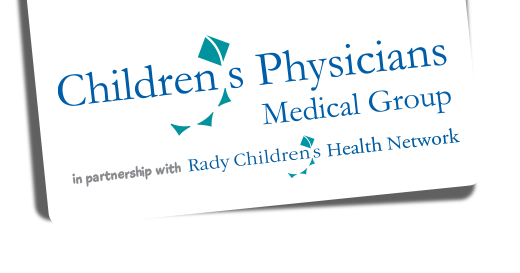http://www.youtube.com/watch?v=rvwHlch9vBA
What does a “misshapen head” mean?
The head shape is either too flat (brachycephaly), too narrow (scaphycephaly) or too asymmetric (plagiocephaly). To evaluate your infant’s head shape, view the head from various angles: from the top, the sides, the back and face-on. Gently placing your fingers in the child’s ears will help you “feel” the ear shift. To see facial asymmetry, hold a child up to a mirror.
What are the causes of the problem?
- Restrictive Intrauterine:
One of the leading risk factors in the development of plagiocephaly is a restrictive intrauterine environment. In this case, the infant does not have room to move or becomes stuck in one position. The constraint may be caused by several sources: multiple births (twins or triplets), small pelvis, small or abnormal formed uterus or if there is a lack of amniotic fluid. A breech orientation can lead to an abnormal head shape when the infant’s head becomes wedged under the mother’s ribs.
- Congenital Muscular Torticollis (Wryneck):
In CMT, one or more of the neck muscles develops a tightness, causing the head to tilt and/or turn. This can result in plagiocephaly as the tightness causes the head to be held in a single position. Torticollis may be obvious or subtle.
- Prematurity:
Firmness of infant cranial bones increases nearly 5-10 fold during the last ten weeks of pregnancy. Premature delivery makes the already soft cranium susceptible to molding forces. Premature infants are also more likely to be physically delayed, preventing normal movement of the head. Preemies will often spend extended time in the Neonatal Intensive Care Unit (NICU) on a respirator with the head in a fixed position. This can result in a long and narrow head shape.
- Back Sleeping:
Prior to 1992, the risk factors associated with plagiocephaly were considered to be a restrictive uterine environment and congenital muscular torticollis. After the American Academy of Pediatrics (AAP) 1992 recommendation to have infants sleep only on their backs to reduce the risk of SIDS, craniofacial centers began to see a dramatic increase in plagiocephaly. By 1996, several studies documented the relationship between back sleeping and plagiocephaly. The AAP now recommends frequent rotation of a child’s head, as well as supervised tummy time.
- Infant Car Seats, Carriers, Bouncy Seats and Swings:
Extended use of car seats, infant swings and bouncy seats also contribute to plagiocephaly. In these devices, the back of the head is against a rigid, unyielding surface and the resulting deformity can be severe, even causing ‘cornering’ or ‘squaring’ of the head. While normal use is not a concern, extended use, especially allowing infants to sleep in them, increases the risk of plagiocephaly.- Positional preference when sleeping
- Only bottle feeding & positioning to the same side during bottle feeding
- Tummy time when awake <3 times per day
- Slow achievement of motor milestones
What can be done to prevent “misshapen head”?
- Frequent repositioning of a newborn’s head is critical.
- Alternate the direction in which your baby is placed in the crib.
- Alternate the hip or arm with which you carry and feed your baby.
- Rotate the position of toys in the crib, stroller and car seat.
- Provide supervised “tummy time” while your baby is awake. Tummy time is an important activity and needs to be part of a baby’s daily routine.
- Identifying and treating neck tightness can prevent and correct the deformation. After evaluation and instruction by a physician or physical/occupational therapist, stretching exercises should be performed.
- Limit the use of devices that apply force to your baby’s head. Car seats should be used only for transporting your infant safely. Limit the use of carriers, bouncy seats, swings and toys that encourage infants to remain on their back.
What is the typical treatment to treat “misshapen head”?
Usually, deformational plagiocephaly is treated with repositioning and exercises, in mild to moderate cases, and a cranial orthosis in moderate to severe cases or in cases where repositioning and exercises hasn’t helped. A cranial orthosis or helmet is used to encourage skull growth in some areas while curtailing it in other directions. The typical time children need to use these helmets is (round the clock) for 5 to 12 weeks depending on severity, age of use and child’s response. If you are being told that you need surgery you may want to seek a second opinion.
